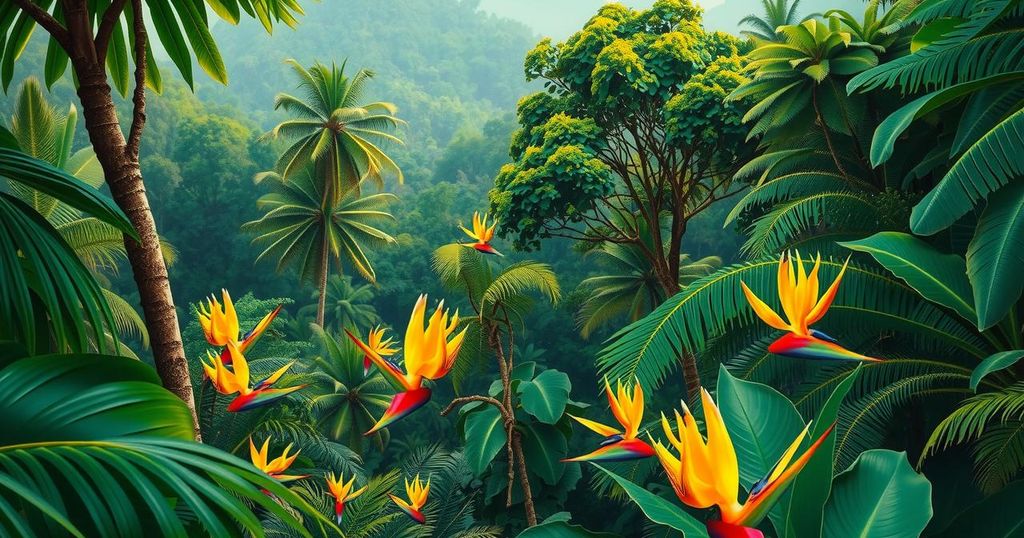A study by Dr. Liliana M. Dávalos and an international team reveals that recovering mammalian species lost to human activities in Madagascar will take three million years, while extinction of threatened species may require over 20 million years for recovery. Preliminary findings emphasize the crucial need for immediate conservation efforts to preserve Madagascar’s biodiversity.
A recent study led by a team of scientists, including Dr. Liliana M. Dávalos from Stony Brook University, has unveiled alarming insights regarding the extinction of mammalian species in Madagascar. Published in Nature Communications, the study reveals that recovery from human-induced extinctions could take approximately three million years. Impressively, should currently threatened species disappear, their recovery may require over 20 million years, far exceeding any other island archipelago’s findings to date.
Madagascar is renowned for its exceptional biodiversity, hosting approximately ninety percent of its flora and fauna endemic to the island. Since human settlement around 2,500 years ago, significant extinctions have occurred, impacting species such as giant lemurs and the elephant bird. Despite these losses, Madagascar retains over two hundred mammal species, including the unique fossa and ring-tailed lemur, albeit with over half of these species threatened primarily from habitat destruction due to agriculture.
The scientific team from Europe, Madagascar, and the United States constructed an extensive dataset to explore the evolutionary relations among mammals present in Madagascar at the human colonization’s onset. This dataset incorporated both extinct species, known only from fossils, and extant Malagasy mammalian species.
The researchers cataloged 249 species, with 30 already extinct. Notably, the IUCN Red List indicates that over 120 of the remaining 219 species are currently endangered, facing threats such as habitat destruction and climate change. Employing a computer simulation rooted in island biogeography theory, the study determined it would take roughly three million years to recover lost mammal species since human arrival.
Additionally, should the currently threatened species face extinction, recovering the same number of species could require approximately 23 million years—an increase highlighted in recent projections. These findings surprised the international team, underscoring the critical need for conservation efforts in Madagascar.
Dr. Dávalos remarked, “These staggering results highlight the importance of effective conservation efforts in Madagascar. Our research suggests significant potential for impact through conservation in conjunction with local community initiatives.”
Luis Valente of the University of Groningen noted the revelation of Madagascar’s biodiversity’s value, stating, “The time needed to recover this diversity is much longer than what previous studies have found on other islands, such as New Zealand or the Caribbean.”
The findings underline the urgency for immediate conservation actions to avert an extinction wave that may profoundly alter Madagascar’s evolutionary landscape. Fortunately, the developed simulation model demonstrates that targeted conservation efforts could conserve over 20 million years of unique evolutionary history still present on the island.
In conclusion, the study underscores the immediate threat to Madagascar’s unique mammalian diversity due to human activities. With significant extinctions having occurred and many species currently endangered, the estimated recovery periods highlight the necessity of urgent conservation measures. Without such actions, Madagascar risks losing invaluable evolutionary history that, if safeguarded, could be preserved for future generations.
Original Source: news.stonybrook.edu




